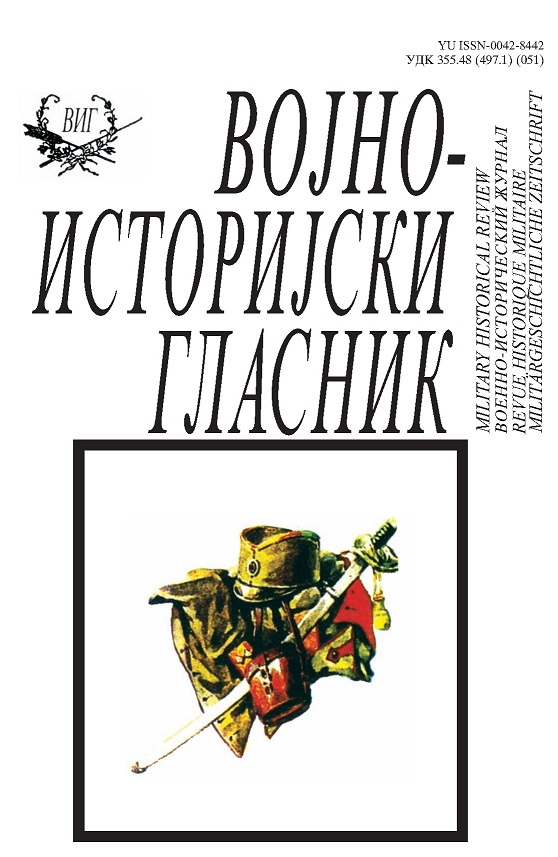Команда речне пловидбе – управа ријечним саобраћајем у завршној фази Другог свјетског рата (1944–1945)
Inland Navigation Command – Managing River Traffic in the Final Phase of World War II (1944-1945)
Author(s): Milan GulićSubject(s): Governance, Military history, Political history, Security and defense, WW II and following years (1940 - 1949), Transport / Logistics
Published by: Institut za strategijska istraživanja
Keywords: Waterways; River Navigation Command; Soviets; Danube war fleet; mines; confiscation; sequestration;
Summary/Abstract: The Yugoslav navigable rivers began to play an important role early in the first phase of the final battles for liberation of Yugoslavia. Starting from the first encounter of the Red Army with the People’s Liberation Army of Yugoslavia on the Danube, the river waterways grew in importance in the subsequent battles on the territory of Yugoslavia. Transport of troops and war materials to the first battle lines was, to a considerable extent, conducted along the inland navigable waterways. Besides, making up for the destroyed railways and roads, the Yugoslav navigable rivers were of paramount importance for securing provision of food, coal, fire wood, industrial raw materials, etc., for the liberated areas. In order to meet these needs in the best possible manner, the new Yugoslav authorities established the Inland Navigation Command - just ten days after the capital had been liberated. This civilian-military body was facing a myriad of problems and tasks during seven months of its existence. However, it left behind to its successor, a civilian body, a considerable number of vessels, organized management of rivers and remarkable works executed on clearing the navigable waterways.
Journal: Vojnoistorijski glasnik
- Issue Year: 2011
- Issue No: 2
- Page Range: 180-190
- Page Count: 11
- Language: Serbian

